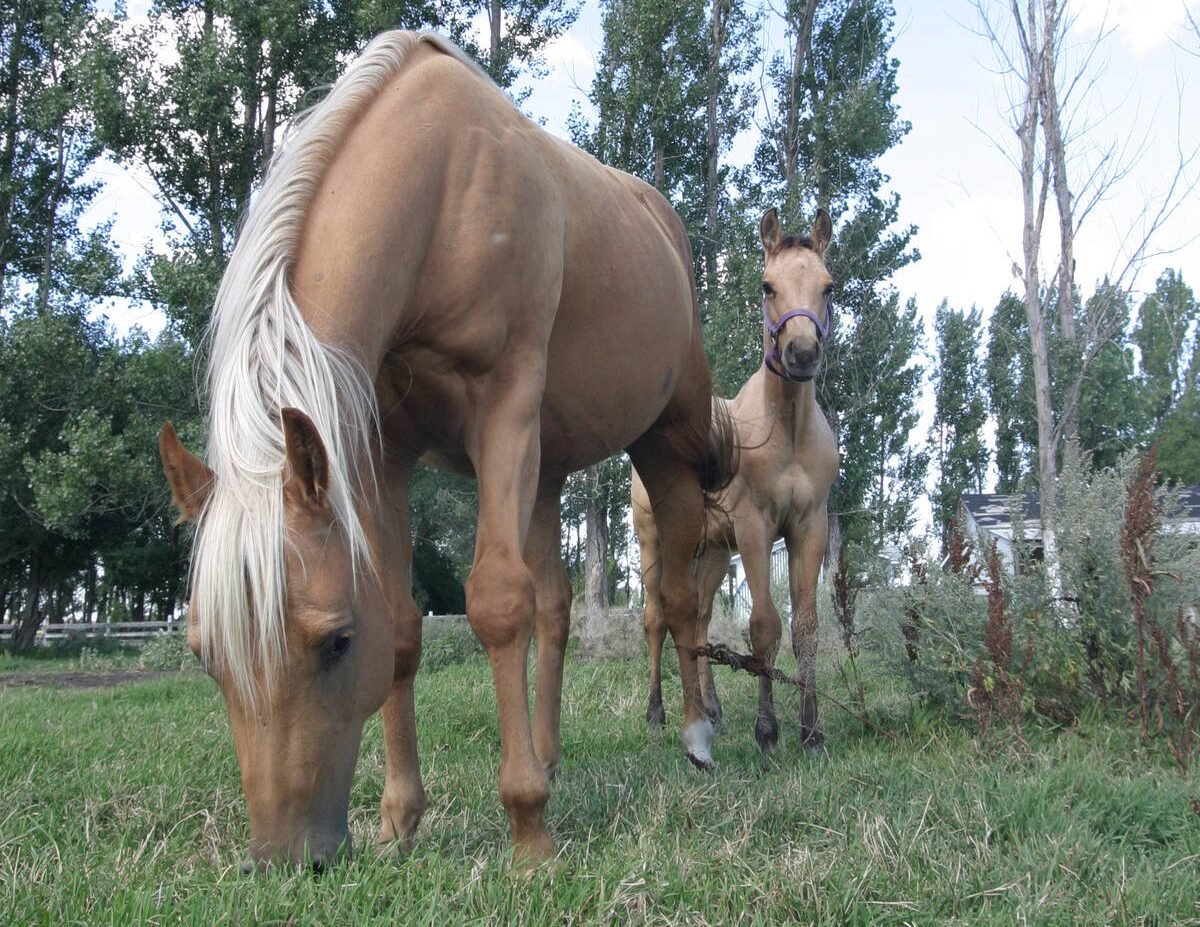I was brought up in a family that made a practice, several times a year, of visiting the local cemetery to take care of the graves of loved ones – plant flowers, water them and pull them up in season.
To this day, when I go home to Thunder Bay or visit in Rapid City, Man., where my dad was raised, I try to visit the cemetery, to walk among the graves of those relatives who have “gone on.”
Some would call this morbid. I call it keeping in touch with my roots.
Read Also

Growth plates are instrumental in shaping a horse’s life
Young horse training plans and workloads must match their skeletal development. Failing to plan around growth plates can create lifelong physical problems.
This was reinforced recently when, as part of the second Festival of Words in Moose Jaw, I signed up for the Friday morning cemetery tour.
In the heat of the morning, we met under a tree in the old Moose Jaw Cemetery, first used in 1890. No burials have been conducted in the cemetery for several years, but it is well cared for and a repository for much of the city’s history.
Our leader led us from grave to grave down one side of the cemetery and up the other.
We looked at tombstone artwork through the years – the lambs for children, and in some cases the lambs in front of the stumps of trees, signifying a child cut down too early. One gravestone had three lambs across the top. It was the resting place of three children, all dead within a short time of one another.
Some other tombstones were of wavy marble, decorated with clasped hands, signifying that those interred were, in the words of the hymn, “safe in the arms of Jesus.”
Besides a lesson in art, the cemetery tour was a lesson in history: the grave of Henry Land, the first person in Moose Jaw to die of the 1918 flu, that of Edward Allen, born 1849, died 1905, who served with the North West Mounted Police, and of Wellington White and his wife Ollie who built the first Watrous Spa and Danceland.
In another part of the cemetery was a stone commemorating the life and death of Charles Wilkes, 22, a member of the Salvation Army Band who died in the St. Lawrence River on a foggy night in 1914 when the Empress of Ireland sank, taking 1,700 to a watery grave.
Our tour guide, a member of the Moose Jaw Heritage Group, told us of the efforts to preserve the gravestones in the cemetery, which she called a “park where you go to remember.”
“The worst thing that could happen is to be forgotten.”














